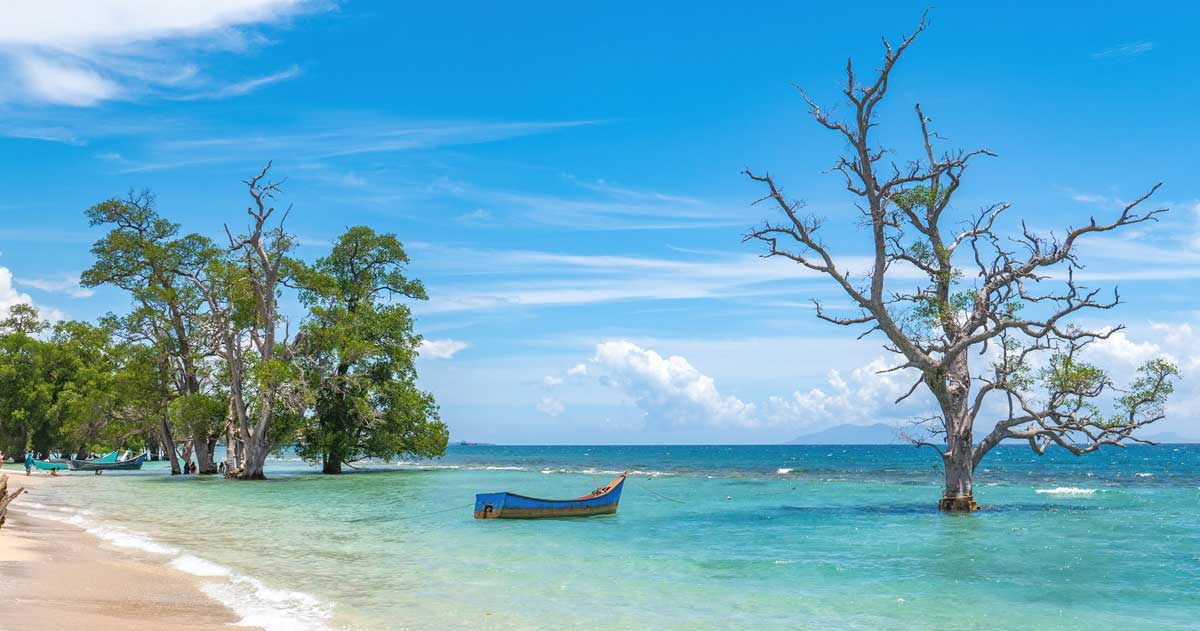This October, the Indonesian President Joko ‘Jokowi’ Widodo will hand the reins of government to President-elect Prabowo Subianto. President Jokowi has implemented numerous development programs and new policies over the last decade. However, not all of them succeed, and some are beginning to question his future legacy. Many concerns have been raised about how will President Joko Widodo be remembered after his reign ends on October 20th?
President Jokowi and the Forgotten ‘Nawacita’
At the beginning of his power, Jokowi initiated ‘Nawacita’ or nine government agendas that appeared to be a massive transformation for Indonesia. It was clearly stated that he was determined to; (1) returning the state to its task of protecting all citizens and providing a safe environment, (2) developing clean, effective, trusted, and democratic governance, (3) developing the peripheral areas, (4) reforming law enforcement agencies, (5) improving quality of life, (6) increasing productivity and competitiveness, (7) promoting economic independence by developing domestic strategic sectors, (8) overhauling the character of the nation, and (9) strengthening the spirit of “unity in diversity” and social reform.
However, there is a plethora of evaluations of President Jokowi’s Nawacita after a decade of his presidency, particularly in terms of his efforts to establish connectivity between the uttermost small islands in Indonesia and the peripheral areas. It is undeniable that the obstacles faced by the government in managing the outermost small islands are access to islands that are quite far apart from the big islands and the absence of detailed information regarding the potential resources that can be used on these islands. The unavailability of detailed information regarding the outermost small islands is the cause of the neglect of management so that the potential contained therein is not utilized.
Small islands had been given more attention when President Joko Widodo pushed for development in less-developed and border areas. For example, many programs on health, education, economic and development have targeted and focused on the frontier, outermost and underdeveloped regions (terdepan, terluar, tertinggal or ‘3T’). The provision of infrastructure may have a crucial impact, but it did not yet provide a comprehensive solution.
Outermost Small Islands: Encountering Obstacles
Development has both benefits and drawbacks, especially when it comes to people and sociocultural dynamics. Building infrastructure to connect Indonesian islands, particularly the most distant ones, would surely result in significant challenges.
For example, the outermost small islands in northern Indonesia known as Marampit, Marore, and Miangas islands, which are located on the border of Sulawesi and the Philippines, are still dealing with a variety of issues, including drug smuggling, human trafficking, and border conflict, as well as accessibility and connectivity within their own communities. Many citizens of those three islands have no choice in terms of transportation. They must travel every day on private vessels that are quite expensive yet have very low safety standards.
This is only one example of the peculiar reality of living on a small island. It is a lifestyle that might differ greatly from that of Indonesia’s main islands, but the archipelago communities have only recently begun to define separate policies and development programs to accommodate its diverse island geographies. The inability of policymakers to consider this regulation has resulted in the marginalization of tiny islands, as well as the formation of a grassroots political movement to preserve their rights.
New Hopes for the New President?
Months ago, Prabowo as one of the presidential candidates delivered his rhetoric campaign. He emphasized on the continuity with Jokowi’s projects; hence the maritime issues have not been at the forefront of his campaign. In addition, even though his official vision statement includes numerous specific planks related to the interconnectedness of the outermost islands and maritime issues, they are partially inward-focused and still for ceremonial purposes. His campaign seemed to overlook the importance of building populations on the outermost islands.
Prabowo will be inaugurated as the Republic of Indonesia’s eighth president following his victory in the election. He brings a lot of ‘homework’ to solve the connectivity issue on the outermost small islands in Indonesia. Some strategic ways might be taken into account if Prabowo wants to light up hopes for communities in the outermost small islands; (1) upgrading vital transport infrastructure to help the mobility of communities in small islands, (2) when establishing the policies or regulations for the outermost small islands, there should be a deep analysis and understanding of local context, not only geographical focus, but also the economic drivers, socio-cultural dynamics, and environmental factors within those islands, and (3) engaging with related stakeholders who have same visions to develop the outermost small islands. The collaboration among professionals who understand the island’s situation could gain valuable insights and enhance the effectiveness of building connectivity in the small islands.
